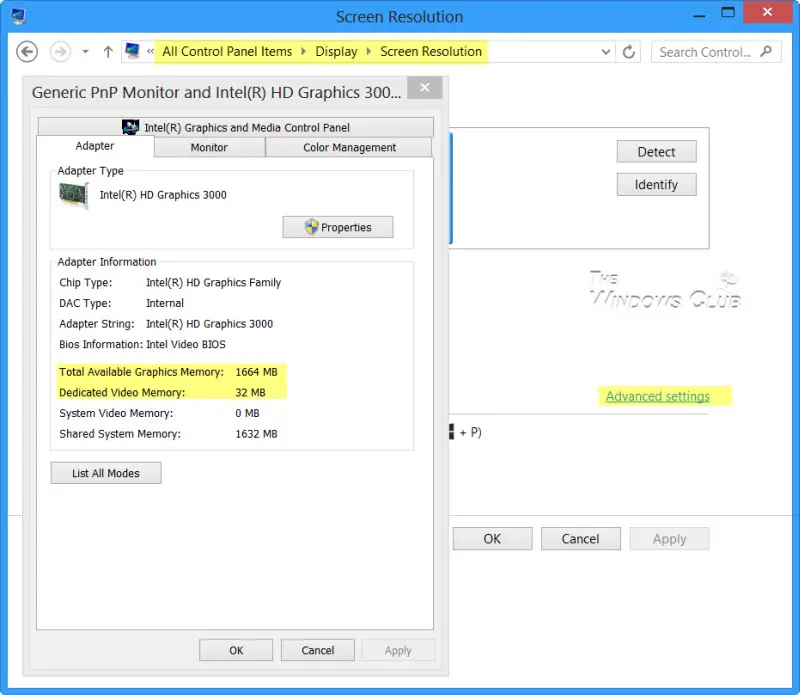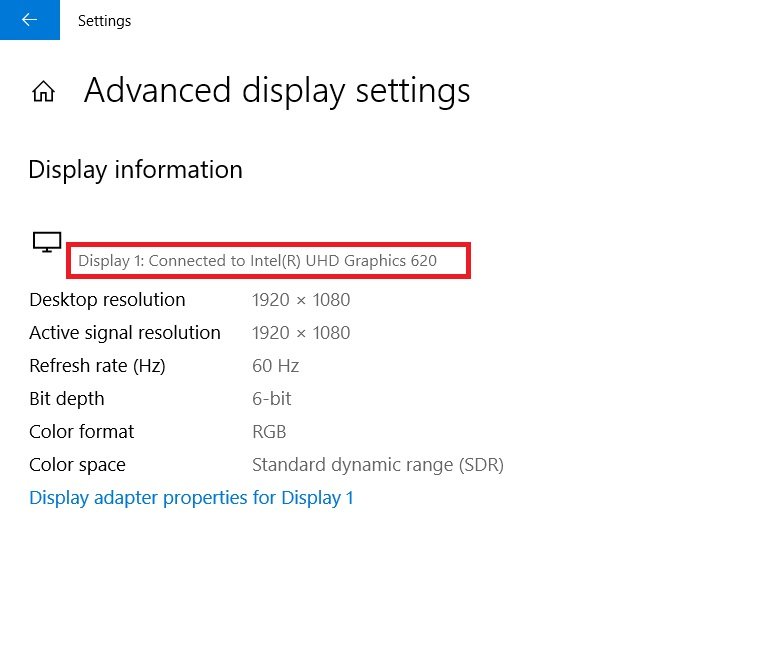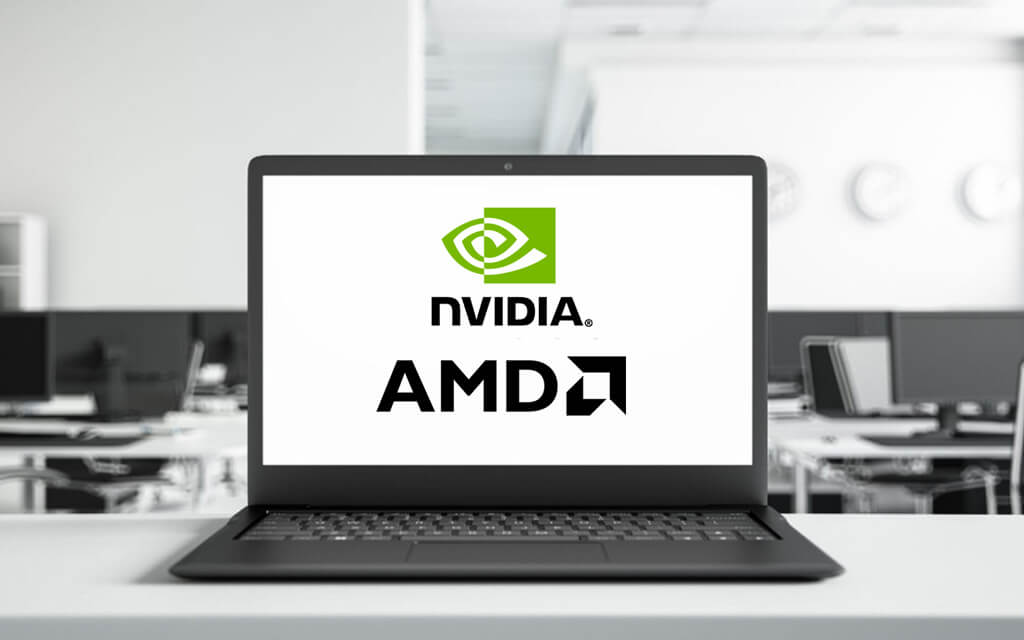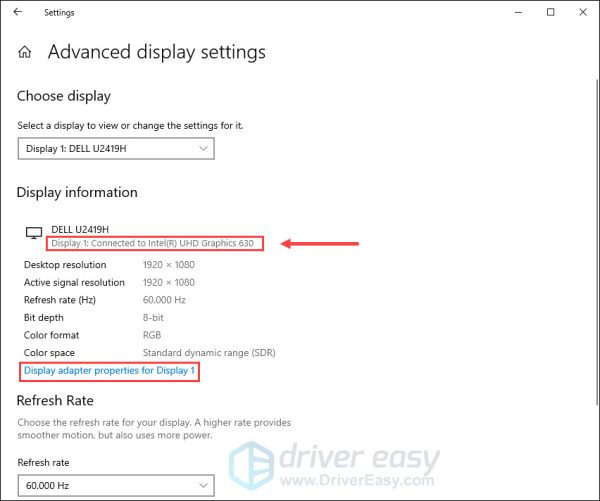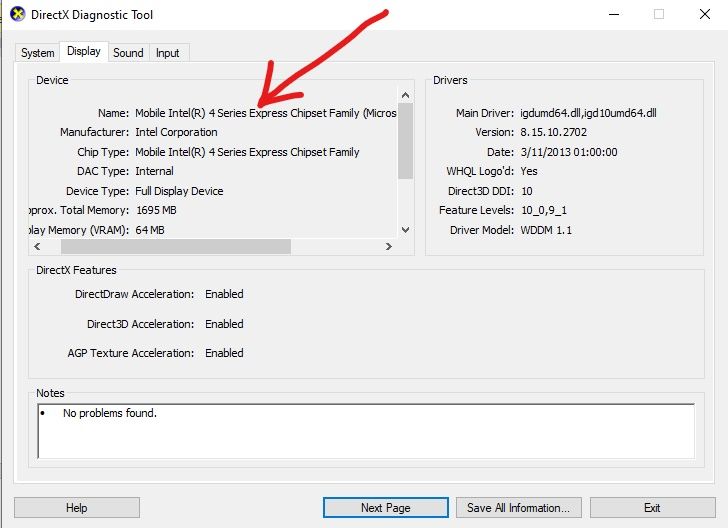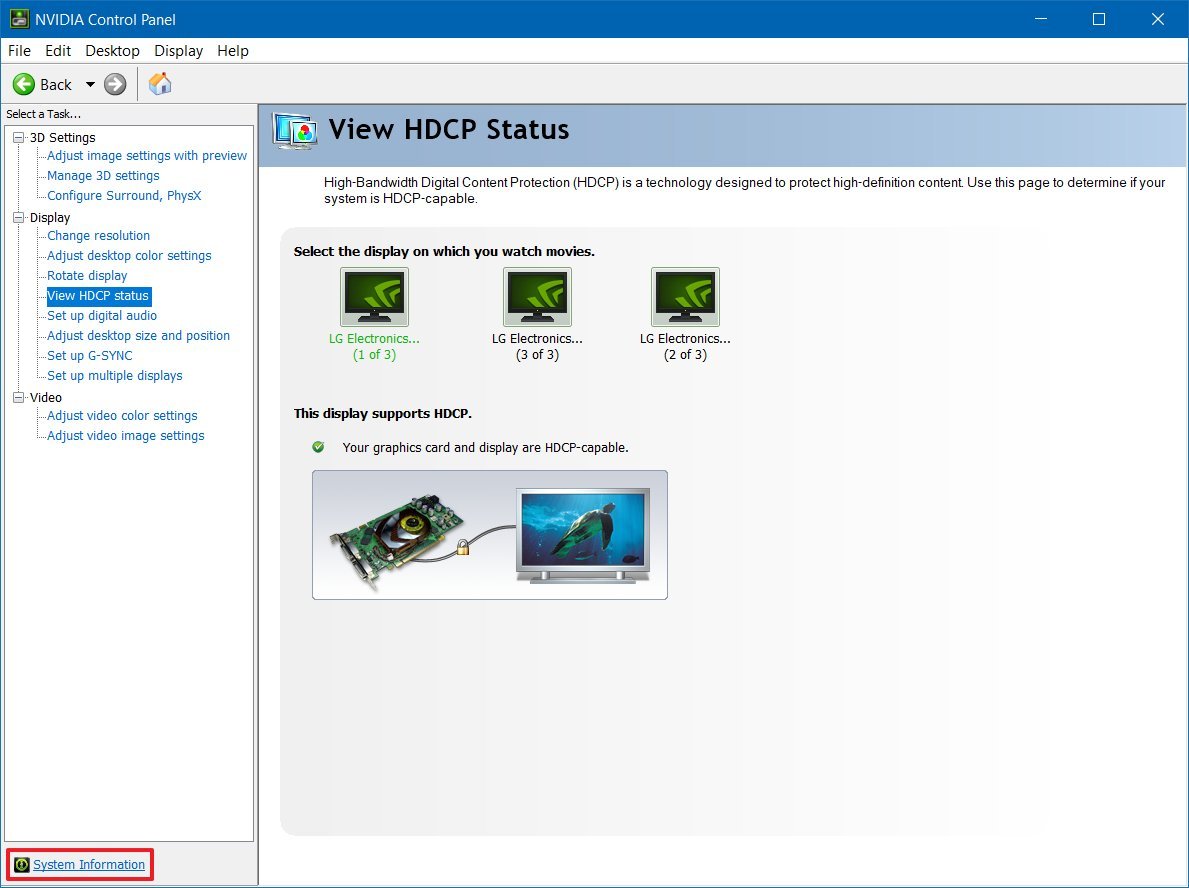Fabulous Tips About How To Find Out What Graphics Card Is In Computer

To begin with, use the windows shortcut windows key + r to fire up the run dialog.
How to find out what graphics card is in computer. If necessary, use the dropdown to select your primary. By jordan baranowski updated on january 26, 2022 what to know to check which gpu is installed: Click on the “ok” button to continue.
How to check the gpu through settings. You will be on the display section by default. Fast & responsive client:
Device manager is also a fast way to see what gpu you have installed. Type dxdiag and click ok to launch the directx diagnostic tool. Press ctrl + shift + esc, then go to performance > gpu.
There are three common ways to find your pc’s graphics card on windows, all of which we’ll outline below. Configuring computers with multiple graphics cards. Once a window pops open, you’re practically finished.
To check the card model: You can also check in device manager, directx diagnostic tool, and settings. Ultralight laptops and low end desktops, often use an integrated graphics card that uses less power to preserve battery and shares memory with your cpu.
First, press win + r, type dxdiag in the empty field and click on the “ok” button. Nvidia app installs in half the time, delivers a 50% more responsive ui, and occupies 17% less disk space than geforce experience.; If you have multiple video cards, which is common on gaming laptops, you see several entries named gpu1, gpu2, and so on.
To check which graphics card is being used on a windows operating system, you can follow these steps: Nvidia geforce gtx 1080 ti) of each gpu (if more than one) for your. Keep your pc up to date with the latest nvidia drivers and technology.
Here's how to check. If you're running windows, the easiest and quickest way to check what graphics card you have is through the task manager. To check the graphics card basic information through device manager, use these steps:
1 press the win + r keys to open run, type msinfo32 into run, and click/tap on ok to open system information. Scroll down to the bottom of the display settings window and click on “advanced display settings”. It was created and developed by ul (formerly futuremark), and it essentially.
The screenshots below are from windows 10, but the instructions work. In the directx diagnostic tool window, navigate to the display tab. In your pc's start menu, type device manager, and press enter to launch the control panel.

:max_bytes(150000):strip_icc()/C4-FindOutWhatGraphicsCardYouHaveonaWindows11Computer-annotated-4e3216e8023747649fc90b52bef97ccc.jpg)

